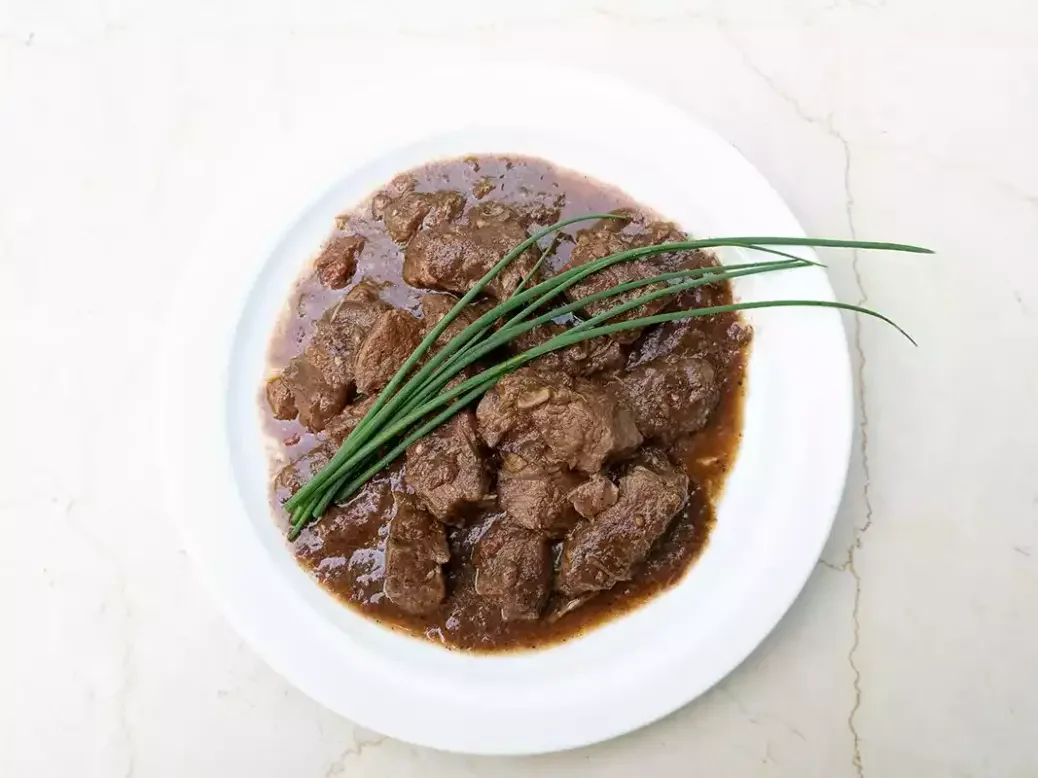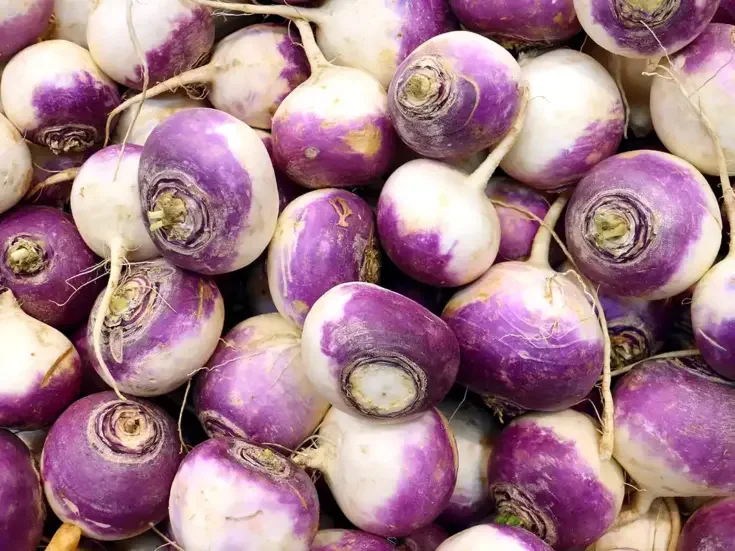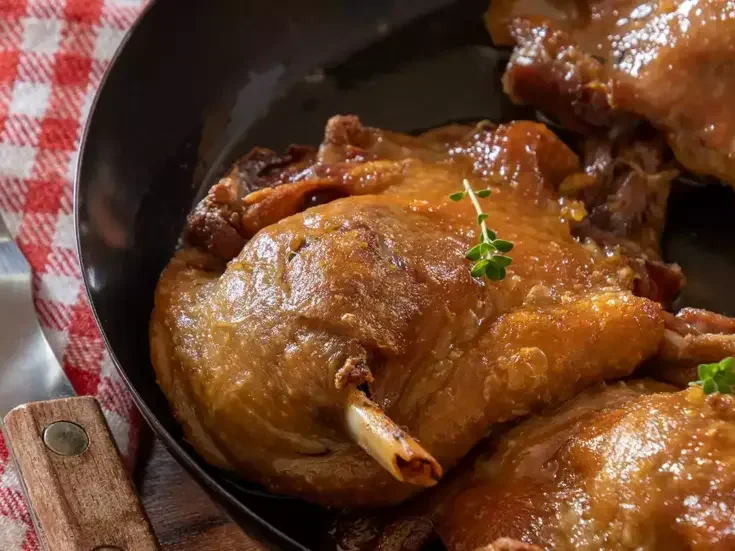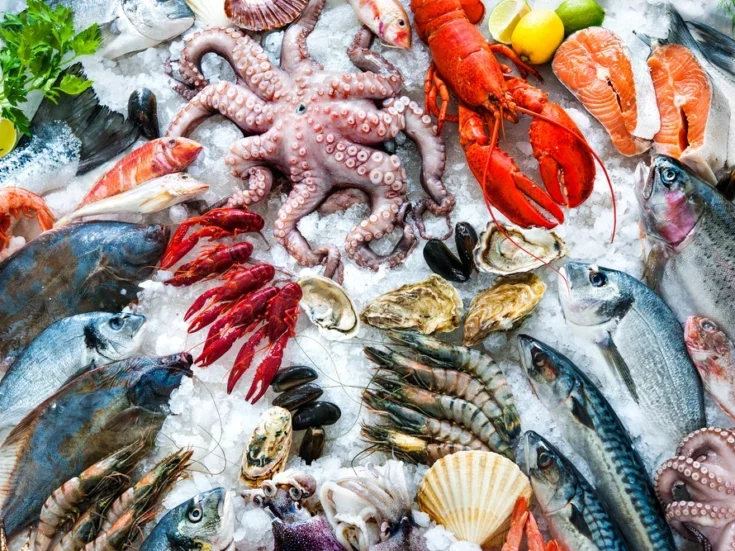
Peposo is everything one expects of traditional Tuscan cooking: simple, rustic, nourishing, flavorsome, and frugal in its ingredients. It takes time to cook—you really can’t hurry it and it’s best made at least a day in advance—but it demands negligible attention during its slow metamorphosis from just half a dozen ingredients to dark, deeply flavored beef and black pepper stew. The only accompaniment required, apart from wine, is bread—traditionally, unsalted Tuscan—but, if you want something additional, I recommend large butter beans (queen, Spanish judión, or Greek gigante). Other people favor mash.
The ingredients are beef suitable for stewing (shin/shank works best), olive oil, garlic, black peppercorns, red wine and salt. Oh, and there’s one other: a great story. I can find no documentary source for it. It’s not mentioned in Vasari’s Lives of the Artists or in Manetti’s The Life of Brunelleschi, but I can’t let that stand in its way. There is some circumstantial evidence.
Peposo for the provveditore
The story is that peposo was a favorite of Filippo Brunelleschi, architect and provveditore (superintendent) from 1420 of the rebuilding of the great domed roof, the innovative double-skinned cupola, of Florence’s cathedral, Santa Maria del Fiore.
He is said to have encountered peposo in Impruneta, the hill town on the Chianti Classico–Colli Fiorentini border south of Florence where the distinctive red tiles of the outer dome were made and which is still famous for its production of terracotta today. That the full name of the dish is peposo alla fornacina (a fornacina is a kiln) or peposo dell’Impruneta adds a layer of verisimilitude, while proving nothing.
Brunelleschi apparently saw the kiln workers in Impruneta put terracotta pots of what turned out to be peposo just inside the mouths of the kilns to cook slowly during the day while the tiles were being fired inside. He not only became a devotee of the dish himself, he is said to have arranged for peposo to be given to his cathedral workers during the day—the peposo being transported to Florence with, and kept warm by, the terracotta tiles or so the story goes.
It’s certainly known that Brunelleschi took it upon himself to feed his workers and constructed special eating areas within the scaffolding. This was not entirely disinterested. It saved his men (if I may assume the gender) having to climb all the way down for lunch and then back up, losing valuable labor time. An embellishment to the story says that Brunelleschi was also fed up with the way his workers not only took too much time out to eat but sometimes came back from Florence’s tavernas somewhat the worse for drink.
Apart from the story, whether true or not, another element of peposo’s appeal is that, as far as we can tell, it is essentially the same dish as it was six centuries ago. The welcome difference is that today’s meat shouldn’t need the pepper to disguise its flavour, which was probably the purpose with the much less fresh meat of 15th-century Florence. Peposo was not a noble dish, it was cucina povera.
There are variations. Some recipes use onion and several, including those of chefs Jacob Kenedy and the late Russell Norman, feature tomato (tins of chopped, or fresh). But, as peposo predates the discovery of America, tomato can’t have been in the early Florentine renditions. Adding it produces a good stew but makes it more like many others.
What it lacks in number of ingredients, it makes up for in the quantity of pepper. For 1kg (2.2lb) of shin of beef cut into chunks of up to 5cm (2 inches) I use 10g (about one tablespoon) of black peppercorns, 3 tablespoons of olive oil, 4 whole garlic cloves, a bottle of red wine (if not Chianti, then something akin), and salt. Recipes that include onion and/or tomato or whole peppercorns often use twice as much pepper. I grind the pepper roughly in a pestle; some people tie the crushed peppercorns in muslin, so that they’re not in the dish when served. Instead of whole cloves of garlic, some people use two, chopped. I simmer the stew on the hob on a very low heat, covered for 2–2½ hours then uncovered to reduce for around 40 minutes.
The best wines to pair with peposo
Without tomato or vegetables, peposo is singular in being entirely savory in flavour, without the sweetness of vegetables, without herbs, and with only one spice—black pepper. In many ways, it’s easy to find companionable accompanying wines, but a really good pairing demands more. Peposo can emphasise fruit sweetness at the expense of a wine’s other facets.
The local wine, Chianti Classico, is comfortingly successful—its naturally savory character accommodating the intensely peppery red-wine reduction and red wine-flavored beef. Riserva level wines with some age seem to work best. Recently, 2010 Tolaini Riserva Montebello Vigneto No. 7 was pitch-perfect (more recent vintages of this wine are Gran Selezione). Other vintages to consider are 2013, 2015, and 2016, although many 2016s, especially, deserve more time. Again I would suggest Riserva, not Gran Selezione.
Unsurprisingly, Brunello di Montalcino also strikes a chord, although here annata wines tend to be better than Riserva, but the same vintages come into their own. Poggio Antico and Poggio di Sotto are among my, rather numerous, favorites.
Reassuringly there are wine matches beyond Tuscan Sangiovese. Peposo often finds its match in the varied, Bordeaux-oriented blends of Bolgheri Rosso and in Bordeaux itself, Cabernet-based Left Bank rather than Right Bank and wines from appellations with a more robust character and without the fragility of age: 2016 St-Estèphe from Château Phélan Ségur or Château Ormes de Pez, for example. Tannat-based Madiran, the friend of confit de canard, also takes the peppery, vinous beef in its stride.
Perhaps oddly, peppery Syrahs and Syrah blends can be difficult to get right. Peposo tends to outdo them in the pepper stakes, thus diminishing their character. Maybe I just need to work harder at it… Any excuse to make peposo again.







